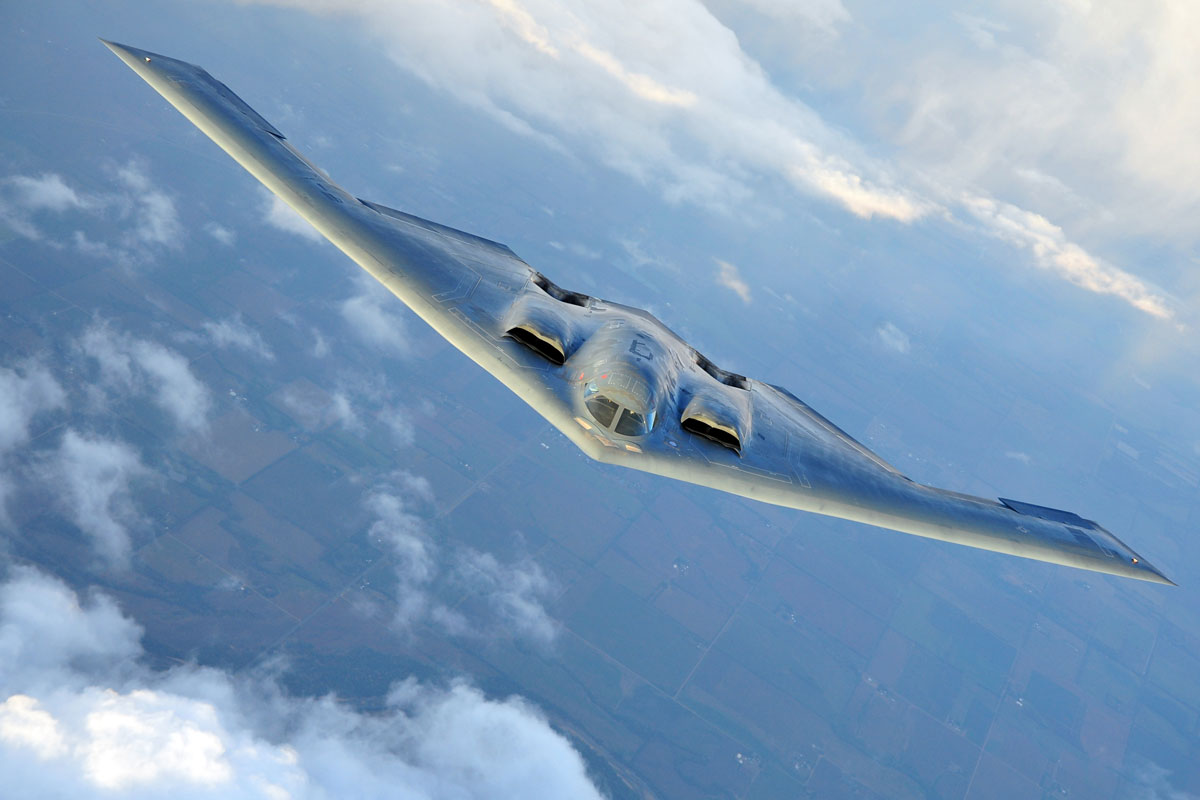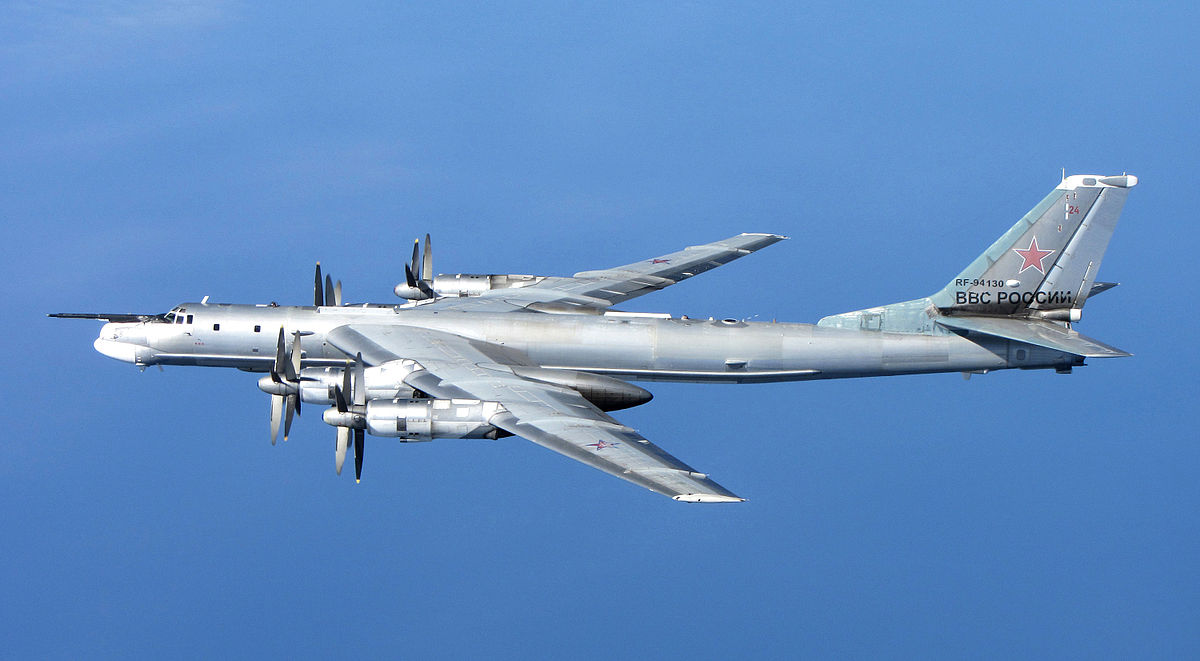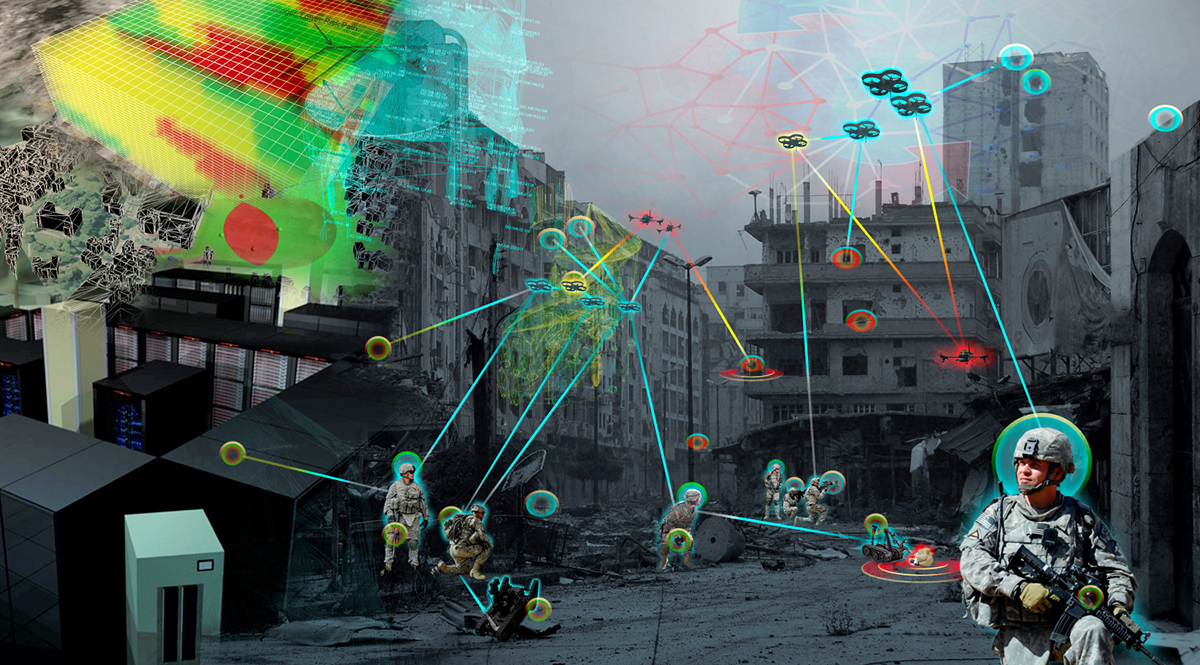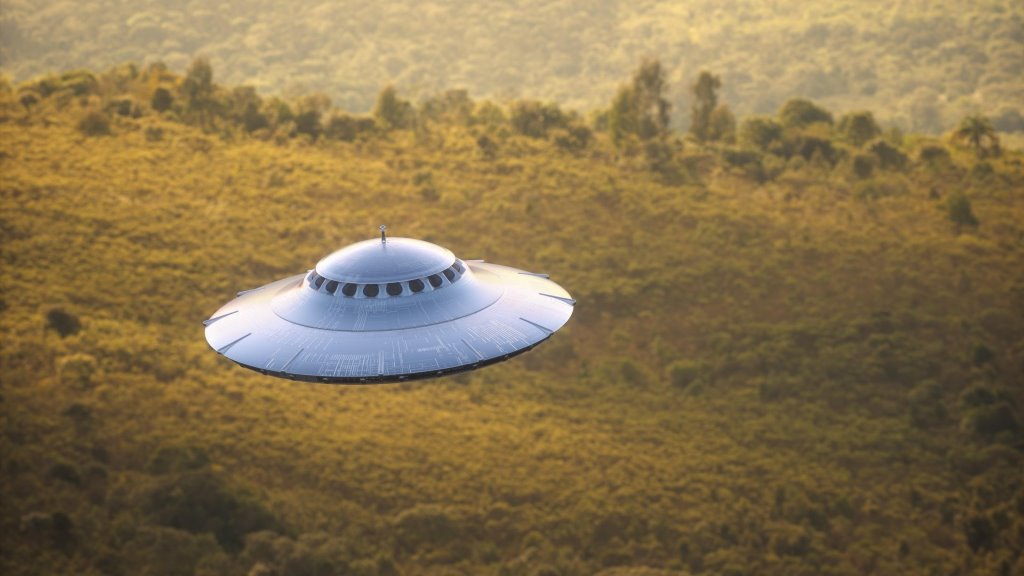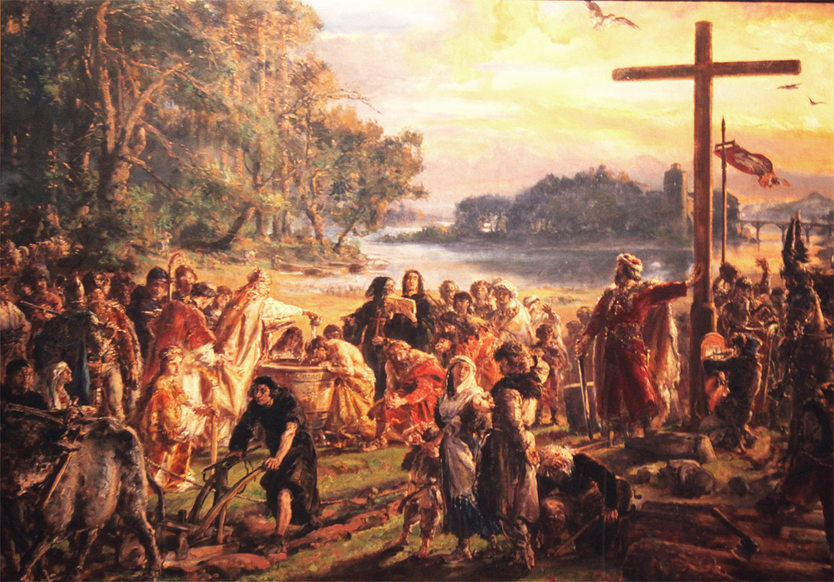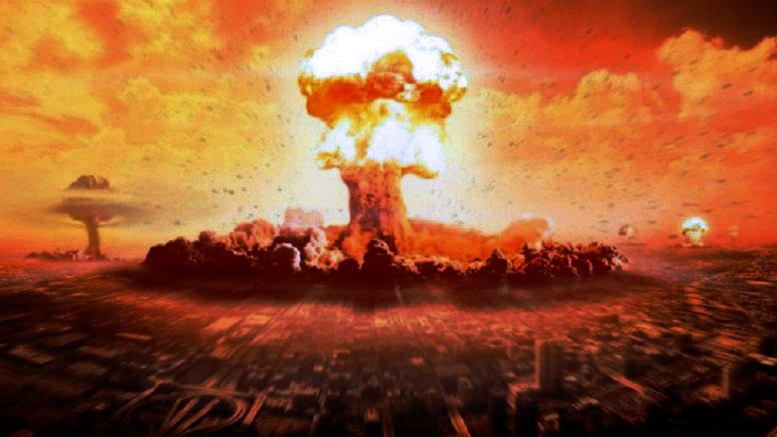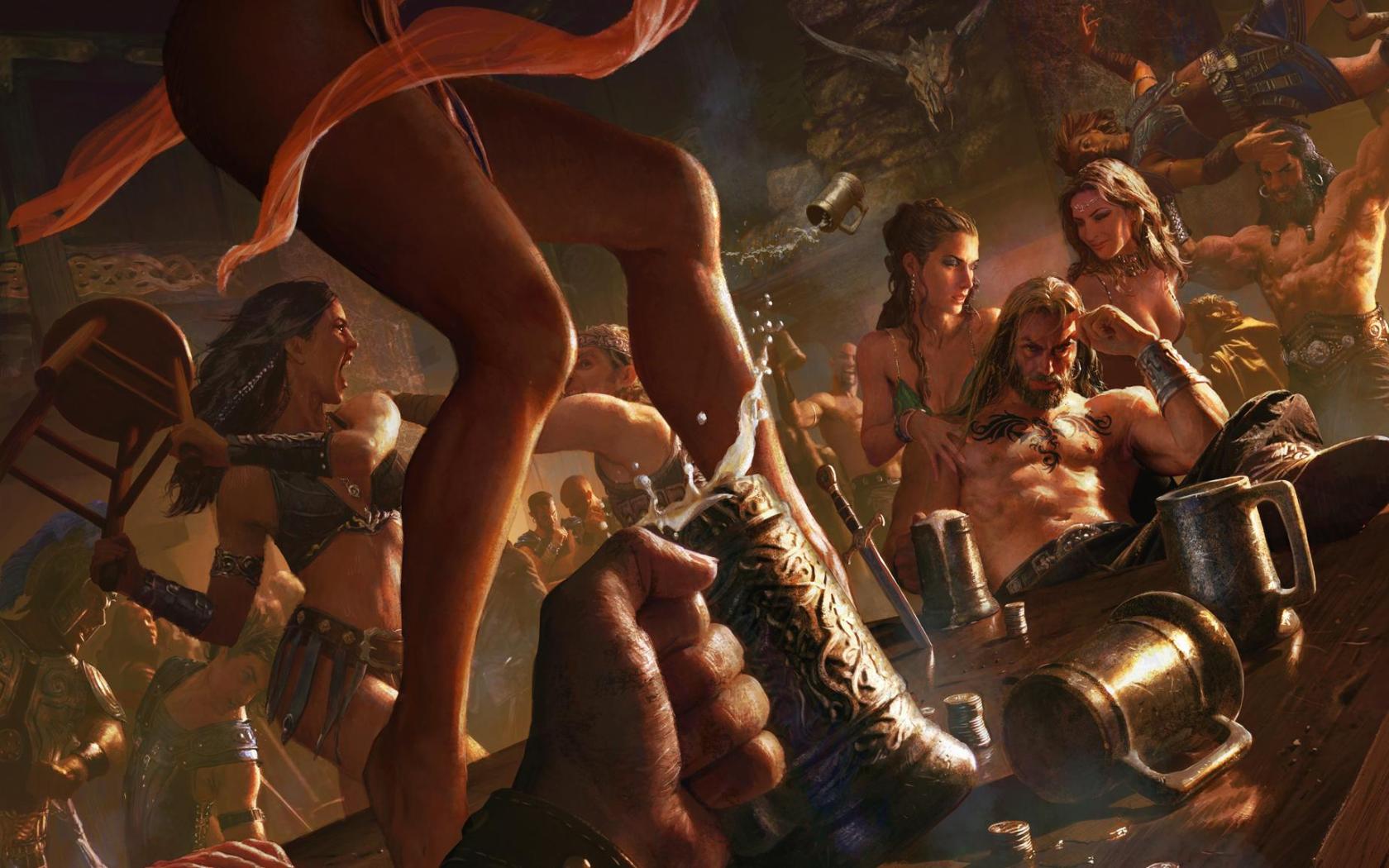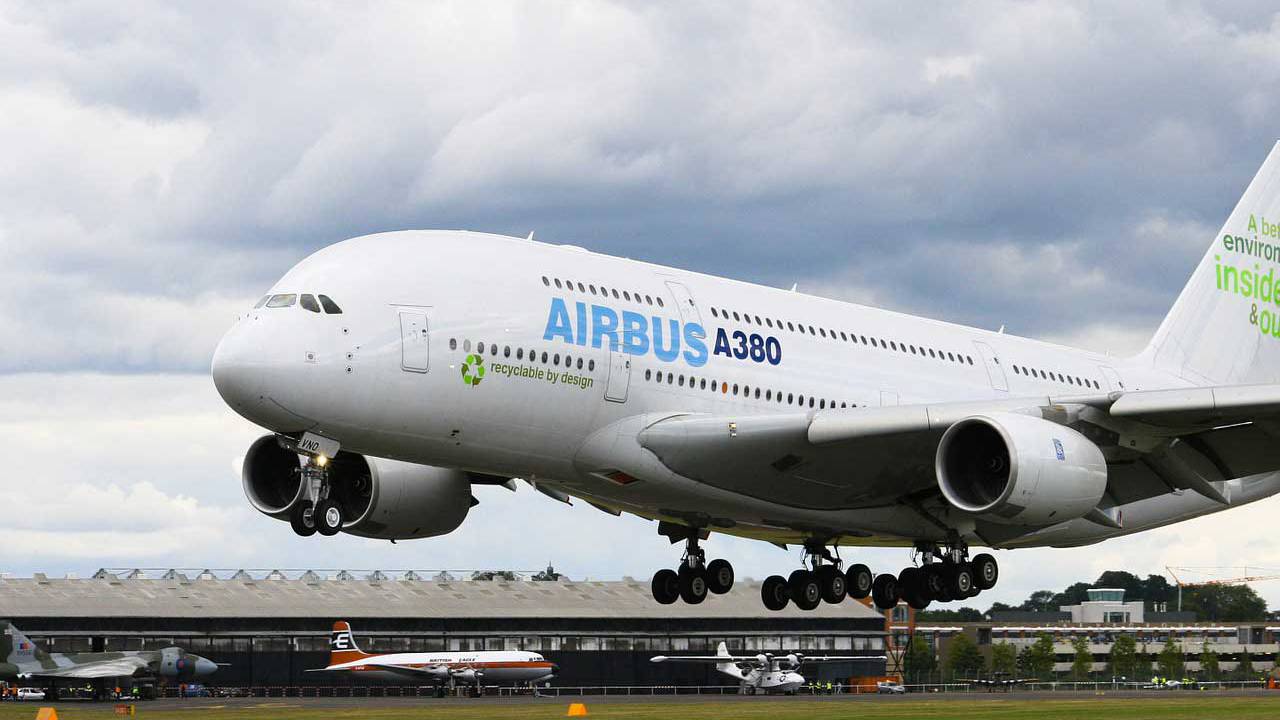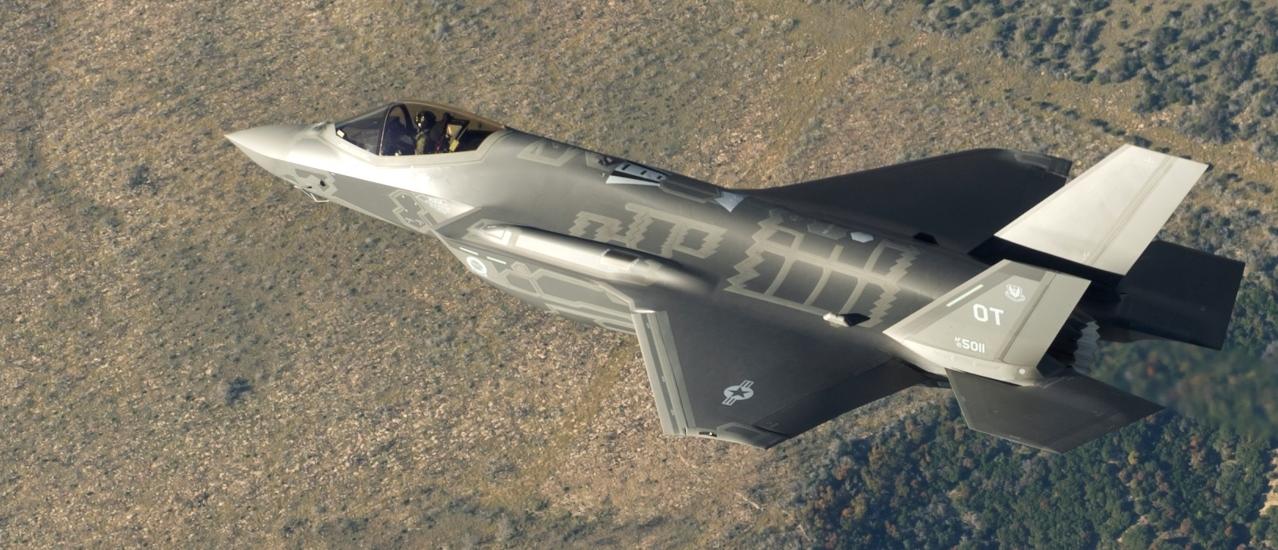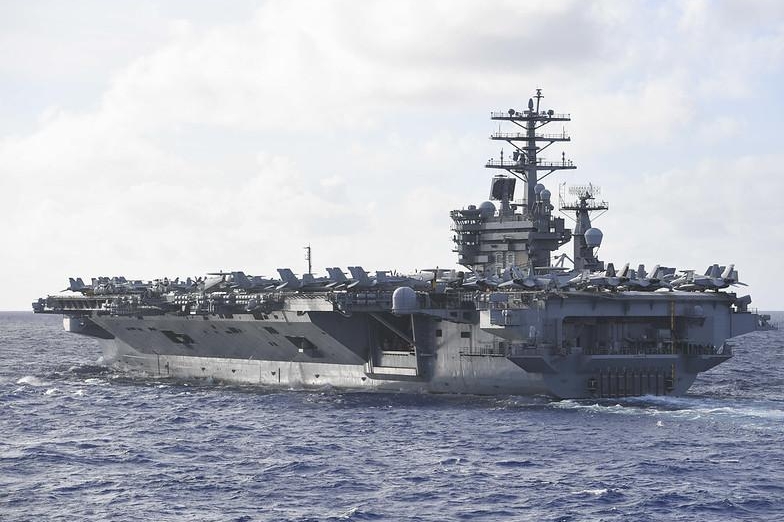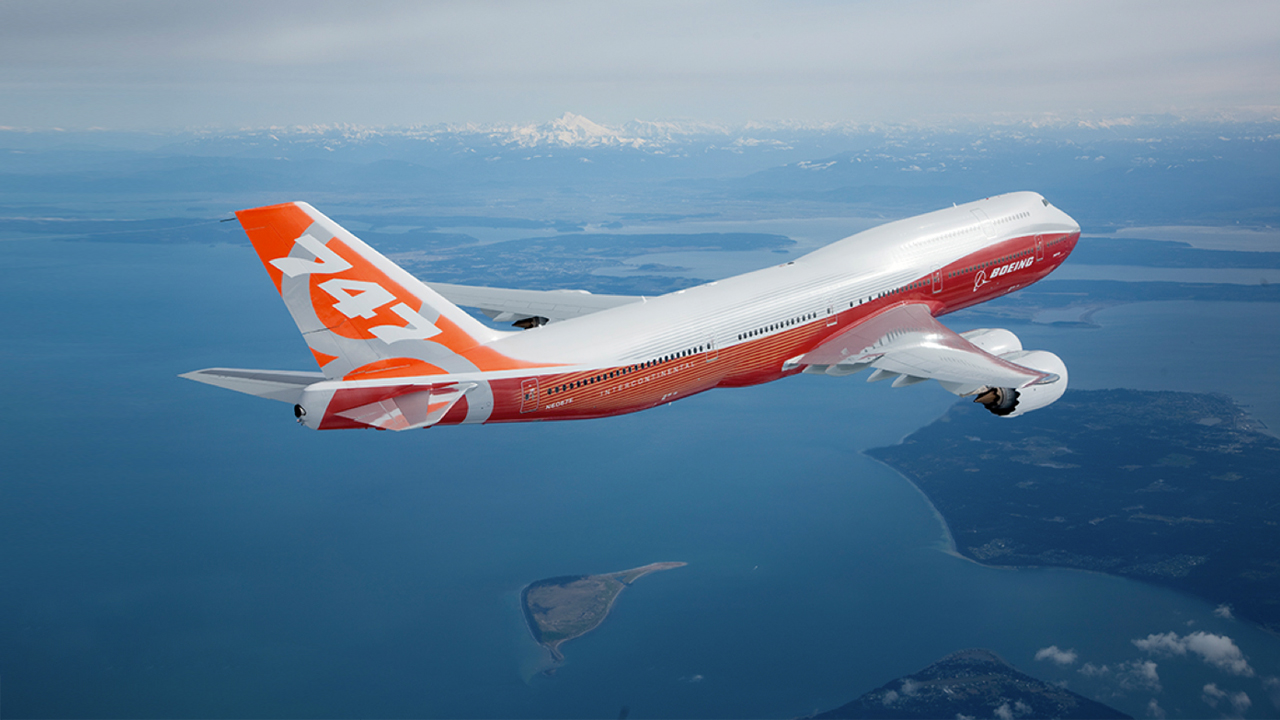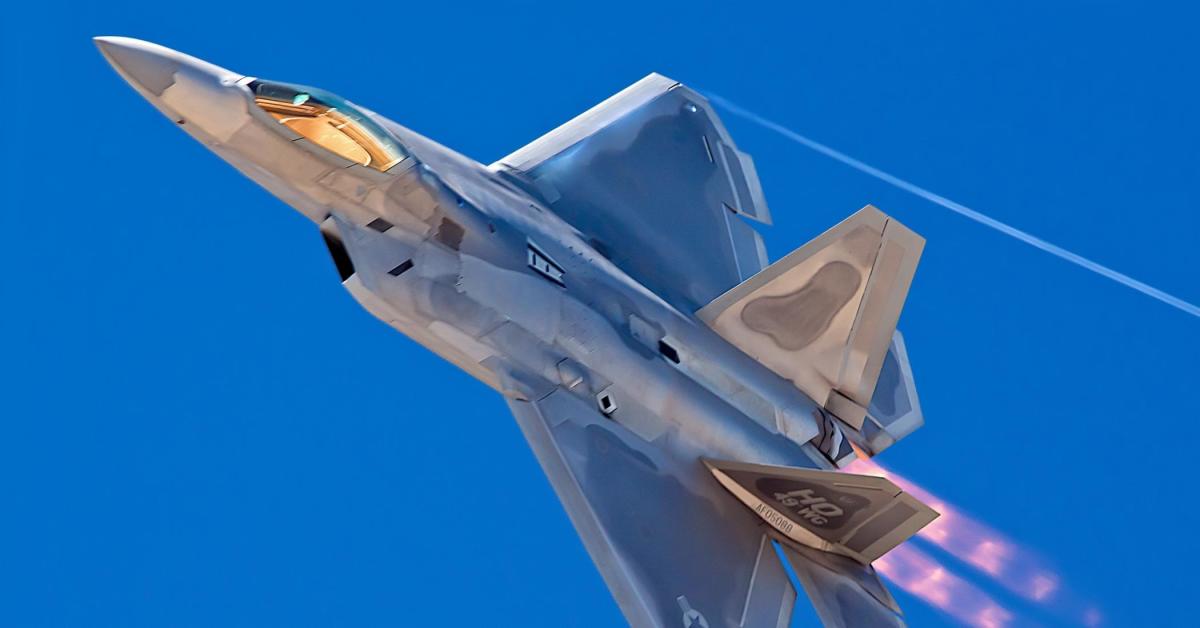US Air Power: How to Win Against China and Russia
The conversation around the future of American airpower has been heating up, especially as global military dynamics shift and great-power competition becomes more pronounced. In recent years, senior Air Force leaders and independent defense analysts have warned that the current force structure is too small, too old, and too limited for the kinds of challenges posed by China and Russia. Those concerns are no longer theoretical; they’ve become a central part of national defense planning.




